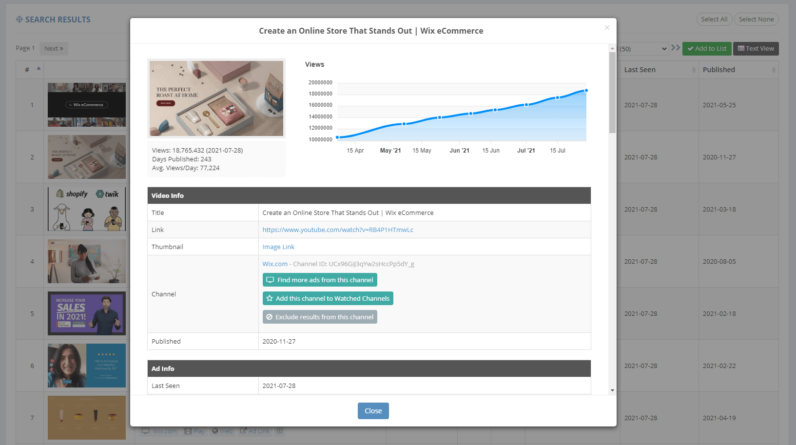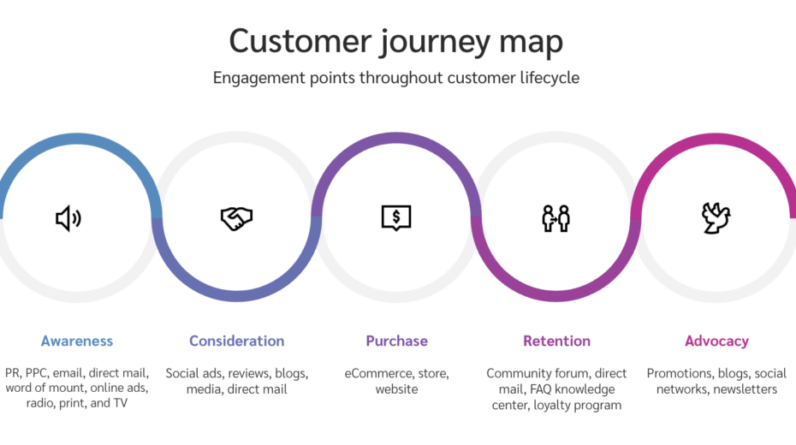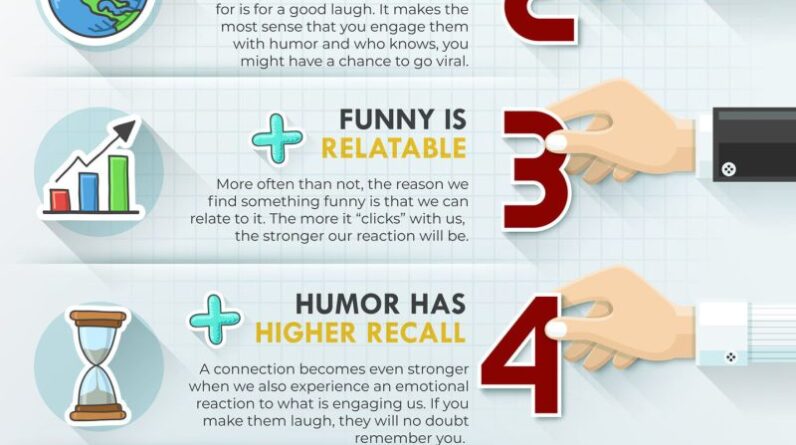
Imagine flipping through a magazine or scrolling through social media, and suddenly, an advertisement catches your attention with a clever punchline that makes you burst out laughing. In that moment, you are not just a passive consumer, but an active participant. Humor has the incredible power to engage and connect with audiences like nothing else. By incorporating humor into your advertising, you can captivate your audience, create a memorable experience, and foster a genuine connection that not only resonates with them but also lingers in their minds. So, how can you harness the magic of laughter to leave a lasting impact on your target audience?
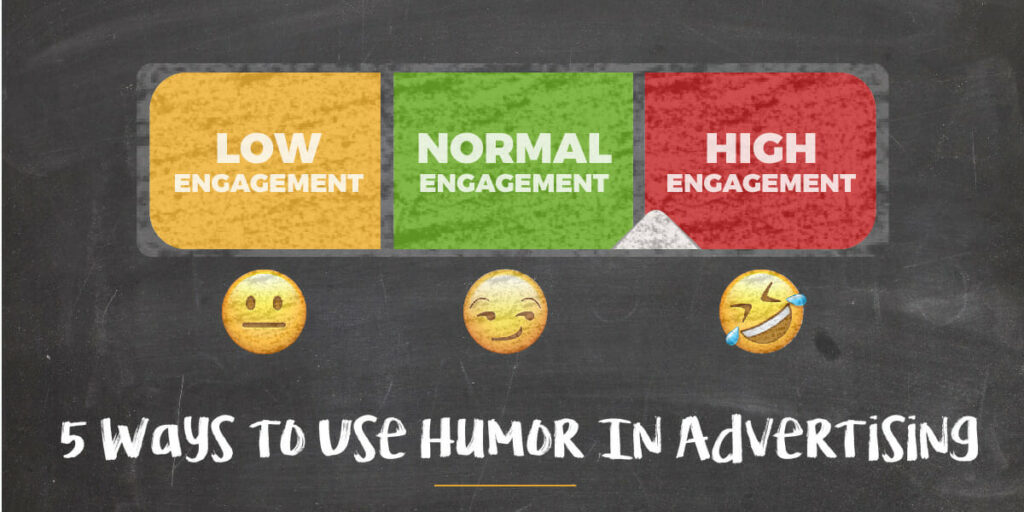
Why Use Humor in Advertising?
Benefits of Using Humor
Using humor in advertising can have several benefits. Firstly, it helps create an emotional connection with the audience. When people laugh, they experience positive emotions, and if an advertisement can make them laugh, they are more likely to remember it and form a positive association with the brand.
Humor can also captivate attention and increase memorability. In a sea of advertisements vying for attention, a funny ad stands out and leaves a lasting impression on viewers. It can make the brand more memorable and increase the likelihood that consumers will recall it when making purchasing decisions.
Furthermore, humor can contribute to a positive brand perception. Companies that use humor in their advertising are often seen as approachable, relatable, and customer-centric. By making audiences laugh, brands can position themselves as friendly and light-hearted, which can lead to increased trust and loyalty.
Connecting with Audiences
One of the primary reasons to use humor in advertising is to connect with audiences on a deeper level. Humor transcends cultural and demographic boundaries and has the power to bring people together through shared experiences.
When an advertisement makes people laugh, they feel a sense of connection with the brand. It creates a bond and fosters a positive relationship between the consumer and the brand. This connection can then translate into increased brand loyalty and advocacy.
Humor also helps break down barriers and reduces resistance to information. When people are engaged and amused by an advertisement, they are more likely to be receptive to the brand’s message and be open to learning about the product or service being promoted.
Memorability and Attention
In today’s fast-paced and information-saturated world, it is crucial for advertisements to grab attention quickly and be memorable. Humor can play a significant role in achieving these objectives.
Funny advertisements have a higher chance of capturing the audience’s attention. Whether it’s a clever punchline, a funny visual, or a relatable scenario, humor can make an ad stand out in a cluttered advertising landscape. This initial attention-grabbing moment is crucial for the success of an advertisement.
Moreover, humor increases the likelihood of the advertisement being remembered. When an ad evokes laughter, it creates a positive emotional experience that is closely associated with the brand. This emotional link helps consumers recall the brand and the message when they encounter it again in the future.
Positive Brand Perception
Using humor in advertising can shape the way consumers perceive a brand. A well-executed and funny ad can make a brand appear more approachable, relatable, and fun-loving.
When an advertisement makes people laugh, it creates a positive association with the brand. People enjoy the experience of humor, and by extension, they associate those positive emotions with the brand. This positive brand perception can positively impact brand loyalty and purchasing decisions.
Additionally, humor can help humanize a brand. Companies that use humor in their advertising demonstrate that they don’t take themselves too seriously, which can make them more relatable to the audience. This human touch can help establish a deeper connection and foster a sense of authenticity.
Understanding Your Target Audience
Identify Demographics
To use humor effectively in advertising, it is crucial to understand the target audience’s demographics. Demographics include factors such as age, gender, income level, geographical location, and marital status.
By understanding the demographics of the target audience, advertisers can tailor the humor in the advertisement to resonate with those specific characteristics. For example, humor that appeals to young adults may not be as effective with older demographics. By understanding the target audience’s demographics, marketers can ensure that the humor is relevant and relatable.
Analyze Psychographics
In addition to demographics, understanding the psychographics of the target audience is equally important. Psychographics include factors such as personality traits, values, interests, and lifestyle choices.
By delving into the psychographics of the target audience, advertisers can gain insights into the type of humor that would resonate with them. For example, an audience that values adventure and excitement may respond well to humor that is daring and bold. On the other hand, an audience that values comfort and security may prefer humor that is more lighthearted and safe.
Through psychographic analysis, advertisers can align the humor in their advertisements with the target audience’s preferences, ensuring maximum engagement and connection.
Study Consumer Behavior
To use humor effectively in advertising, it is essential to study consumer behavior. Consumer behavior refers to the actions, decisions, and preferences of individuals when purchasing products or services.
By understanding consumer behavior, advertisers can identify the pain points, desires, and motivations of their target audience. This understanding enables them to inject humor into their advertisements strategically. For example, if research shows that consumers are frustrated with long wait times in line, a humorous advertisement that addresses this frustration can resonate well with the audience and create a positive brand impression.
Studying consumer behavior helps advertisers craft humorous ads that tap into the audience’s emotions and desires, resulting in stronger connections and engagement.
Finding the Right Tone and Style
Reflecting Brand Personality
When using humor in advertising, it is crucial to reflect the brand’s personality through the tone and style of the humor. The humor should be consistent with the overall brand image and values.
If a brand is known for being edgy and irreverent, the humor in the advertisements should reflect this tone. On the other hand, if a brand is more conservative and professional, a subtler and more sophisticated approach to humor may be more appropriate.
By aligning the humor with the brand personality, advertisers ensure that the advertisements are consistent and coherent, creating a stronger brand identity and perception.
Adapting to Cultural Contexts
Humor can vary significantly across cultures, and what may be funny in one culture may not resonate with another. When using humor in advertising, it is crucial to consider the cultural context of the target audience.
Adapting humor to cultural contexts demonstrates respect for the target audience and helps avoid potential misunderstandings or offense. Advertisers must research and understand the cultural nuances and sensitivities of their target audience, ensuring that the humor is appropriate and well-received.
By adapting humor to cultural contexts, advertisers can connect with the audience on a deeper level and avoid alienating potential customers.
Understanding Sensitivities
Humor, while powerful, can also be risky if it touches on sensitive topics or crosses boundaries. Advertisers must have a thorough understanding of the sensitivities of their target audience and exercise caution when using humor in such cases.
Certain topics, such as religion, politics, or sensitive personal experiences, should be approached with caution. Advertisers must ensure that the humor remains light-hearted and inoffensive, steering clear of potentially divisive or offensive content.
By understanding sensitivities and treading carefully, advertisers can use humor to create positive associations with the brand and avoid negative backlash.
Creating Humorous Ads
Storytelling with Humor
Storytelling is a powerful tool in advertising, and when combined with humor, it becomes even more effective. Humorous storytelling can engage the audience, evoke emotions, and create a memorable narrative.
When creating humorous ads, advertisers can develop a story that incorporates humor to captivate the audience’s attention and immerse them in the brand’s message. A well-crafted story with humor can leave a lasting impression and make the audience more likely to remember the brand and its products.
Clever Wordplay and Puns
Wordplay and puns are clever linguistic devices that can add humor and wit to advertisements. By playing with words, advertisers can create humorous taglines, slogans, or dialogue that grabs attention and evokes amusement.
Well-executed wordplay and puns not only entertain the audience but also contribute to the memorability and recall of the advertisement. It shows creativity and linguistic dexterity, leaving a positive impression on the viewers.
Visual Humor and Design
Visual humor and design can be highly effective in capturing attention and making an advertisement amusing. The use of clever visual elements, such as unexpected juxtapositions, exaggerated images, or visual puns, can evoke laughter and engage the audience.
Visual humor is particularly effective in digital and print ads, where a single image can convey a humorous message. By utilizing creative design techniques and visual gags, advertisers can make their ads visually appealing and stand out in a crowded advertising space.
Absurdity and Surprise
Humor often relies on the element of surprise and the unexpected. By incorporating elements of absurdity and surprise into advertisements, advertisers can elicit laughter and create a memorable experience for the audience.
Absurd humor challenges the norm and defies expectations, which can be both amusing and attention-grabbing. By presenting unexpected scenarios or using incongruous elements, advertisers can create an element of surprise in their ads, leading to increased engagement and brand recall.
Satire and Parody
Satire and parody can be powerful tools for humor in advertising. By using satire, advertisers can cleverly critique societal norms or the competition in a humorous manner. This not only entertains the audience but also positions the brand as insightful and witty.
Parody, on the other hand, involves imitating or mocking well-known references or popular culture. It relies on the audience’s familiarity with the original material to create humor. Parody can be an effective way to connect with the audience, as it taps into their shared cultural knowledge and creates a sense of camaraderie.
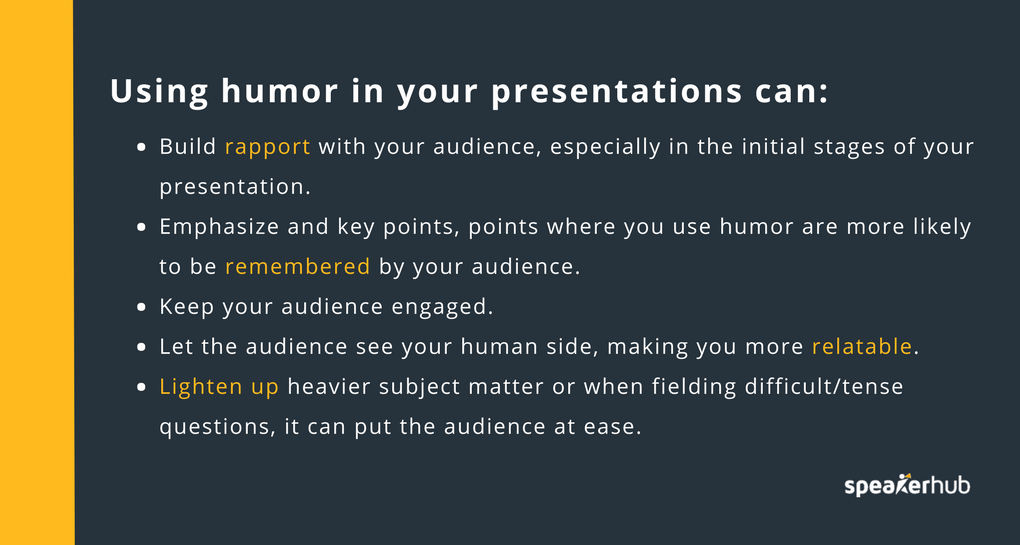
Using Humor in Different Advertising Mediums
Print and Digital Ads
Humor can be effectively utilized in print and digital ads to engage and connect with audiences. In these mediums, clever headlines, witty taglines, and visually compelling images can create an amusing and memorable experience for viewers.
Print ads can use humor to grab attention and convey the brand’s message concisely. Clever wordplay, visual puns, and unexpected imagery can make print ads stand out and leave a lasting impression.
Digital ads, on the other hand, offer unique opportunities for interactive and engaging humor. With the use of animations, videos, and interactive elements, advertisers can create funny and interactive advertisements that captivate the audience’s attention and encourage participation.
Television and Video Commercials
Television and video commercials provide a dynamic platform for humorous advertising. With the advantage of motion, sound, and storytelling, advertisers can create entertaining and memorable commercials that resonate with audiences.
Television and video commercials can use humor to entertain viewers during commercial breaks and make them more receptive to the brand’s message. Well-produced skits, funny characters, and humorous narratives can leave a lasting impression and increase brand recall.
Additionally, the use of celebrities or popular figures with comedic talents can make television commercials even more engaging and humorous.
Social Media Campaigns
Social media platforms are ideal for humorous advertising due to their interactive nature and the ability to share content widely. Brands can create funny videos, memes, or viral challenges to engage audiences and encourage sharing.
Humor on social media can be quick, witty, and relatable. Brands can leverage current trends, pop culture references, or topical humor to connect with the audience on a real-time basis. By incorporating humor into social media campaigns, brands can increase engagement, reach, and brand awareness.
Out-of-Home Advertising
Out-of-home advertising, such as billboards, bus stops, or train station ads, can also make use of humor to capture attention and create a memorable experience for passersby.
With limited space and time to convey the brand’s message, humor in out-of-home advertising must be concise and impactful. Catchy headlines, clever visuals, or unexpected placements can surprise and amuse viewers, prompting them to remember the brand when they encounter it again in the future.
Evaluating Effectiveness of Humorous Ads
Measuring Impact on Sales
One of the most crucial aspects of evaluating the effectiveness of humorous ads is measuring their impact on sales. Ultimately, the success of an advertisement lies in its ability to generate a positive return on investment.
By tracking sales data before and after an advertising campaign, marketers can analyze whether humorous ads have led to increased sales or consumer interest. This data-driven approach helps determine the direct impact of humor on the brand’s bottom line and informs future advertising strategies.
Assessing Brand Recall
Brand recall is another key metric for evaluating the effectiveness of humorous ads. If consumers can recall the brand and its associated message after encountering the advertisement, it indicates a successful engagement with the audience.
Surveys and focus groups can help assess brand recall by asking participants to recall advertisements they have recently seen and the brands associated with them. High brand recall indicates that the humor in the ad has made a lasting impression and increased the likelihood of brand consideration.
Monitoring Social Media Engagement
Social media platforms provide a wealth of data for evaluating the effectiveness of humorous ads. By monitoring social media engagement, such as likes, comments, shares, and mentions, advertisers can gauge the impact and reach of their humorous advertisements.
High levels of engagement indicate that the humor has resonated with the audience and sparked conversations around the brand. Additionally, social media analytics can provide insights into demographic and psychographic data, enabling advertisers to assess whether the humor is reaching the intended target audience effectively.

Avoiding Pitfalls and Risks
Offensive or Controversial Humor
Using humor in advertising comes with inherent risks, particularly the risk of being offensive or controversial. Advertisers must exercise caution and avoid using humor that may alienate or offend the target audience.
By conducting thorough research, considering cultural sensitivities, and seeking feedback from diverse perspectives, advertisers can minimize the risk of crossing boundaries and ensure that the humor remains inclusive and enjoyable.
Misalignment with Brand Values
Humor in advertising should always be aligned with a brand’s values and identity. If the humor contradicts the core values or positioning of a brand, it can lead to confusion or damage the brand’s reputation.
Brands must carefully consider the impact of humorous advertisements on their overall brand strategy and maintain consistency in their messaging. Advertisers should ensure that the humor enhances the brand image rather than detracting from it.
Not Overshadowing the Product or Message
While humor can be a powerful tool in advertising, it is essential not to let it overshadow the product or message being promoted. The humor should serve as a means to connect with the audience and leave a positive brand impression, rather than distract from the intended purpose of the advertisement.
Advertisers must strike a balance between humor and messaging, ensuring that the humor enhances the overall communication and supports the brand’s objectives.
Case Studies of Successful Humorous Advertising
Old Spice: ‘The Man Your Man Could Smell Like’
Old Spice’s ‘The Man Your Man Could Smell Like’ campaign became a huge success due to its humor and memorable character. The advertisements featured a charismatic and humorous spokesperson delivering clever and entertaining lines.
The humor in these ads resonated with both men and women, creating a sense of enjoyment and entertainment. By leveraging humor, Old Spice was able to position itself as a fun and desirable brand, resulting in increased sales and brand loyalty.
Dollar Shave Club: ‘Our Blades Are F***ing Great’
Dollar Shave Club’s viral ad featuring its CEO and Founder, Michael Dubin, captivated audiences with its bold and irreverent humor. The humorous tone and clever wordplay in the ad drew attention to the brand’s value proposition and disrupted the traditional razor industry.
The humor in the ad helped Dollar Shave Club gain widespread recognition, acquire millions of customers, and challenge industry giants. By using humor effectively, the brand was able to connect with a broad audience and establish a strong brand identity.
Geico: ‘Hump Day Camel Commercial’
Geico’s ‘Hump Day Camel Commercial’ became a cultural phenomenon with its humorous portrayal of a talking camel excitedly celebrating Wednesday as “Hump Day.” The ad’s humor and catchy tagline made it easily shareable and gained widespread popularity.
Through humor, Geico successfully positioned itself as a fun and relatable insurance company. The ad’s memorable humor not only increased brand awareness but also contributed to positive brand perception and customer engagement.

Conclusion
Using humor in advertising can be a powerful tool for engaging and connecting with audiences. The benefits of humor include creating emotional connections, increasing memorability and attention, and enhancing positive brand perception.
To effectively use humor in advertising, it is important to understand the target audience’s demographics, psychographics, and consumer behavior. Advertisers must find the right tone and style that reflects the brand’s personality, adapts to cultural contexts, and considers sensitivities.
Creating humorous ads involves storytelling, clever wordplay, visual humor, absurdity, and satire. Humor can be applied to various advertising mediums, such as print and digital ads, television and video commercials, social media campaigns, and out-of-home advertising.
Evaluating the effectiveness of humorous ads can be done through measuring impact on sales, assessing brand recall, and monitoring social media engagement. Advertisers should be aware of the pitfalls and risks associated with humor, such as offensive content, misalignment with brand values, and overshadowing the product or message.
Case studies of successful humorous advertising, such as Old Spice, Dollar Shave Club, and Geico, demonstrate the power of humor in creating memorable and effective advertisements.
In conclusion, humor in advertising can be a valuable tool for engaging audiences, enhancing brand perception, and driving business success. By understanding the target audience, finding the right tone and style, and creating thoughtful and entertaining content, advertisers can harness the power of humor to capture attention, foster connections, and promote brand loyalty.
